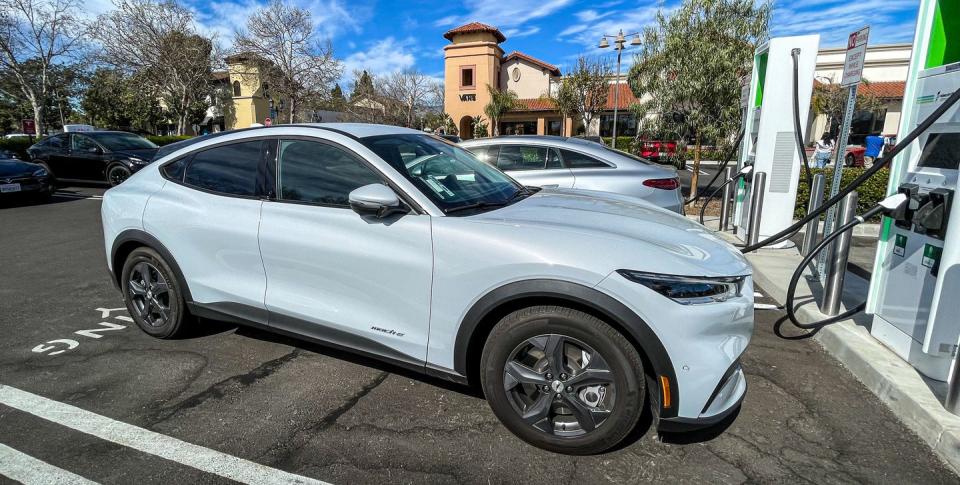A New EV Corridor Will Link These US and Canadian Cities

New EV corridor announced by US and Canadian official will link Kalamazoo, Michigan, with Quebec City, Quebec.
The corridor will feature several hundred new stations, all positioned within 6 kilometers of the main route.
The new EV charging route will be aimed at passenger EVs, with no mention of infrastructure for electric or hydrogen trucks.
Up until now, EV station builders have focused on linking the two coasts in addition to saturating large, EV-friendly cities on the West Coast with charging infrastructure. But despite the completion of several east-west charging corridors, relatively little attention has been paid to the northern and central Midwest.
A new charging corridor, announced this week by US Secretary of Transportation Pete Buttigieg and Canadian Minister of Transport Omar Alghabra, will aim to change that.
Designed to feature EV charging stations every 50 miles, the 870-mile Alternative Fuel Corridor will link Kalamazoo, Michigan, and Quebec City, Quebec. The route will cover I-94, using the tunnel from Detroit to Canada, and continue along highway 401 through Toronto and highway 20 through Montreal, using highway 40 to reach Quebec City.
In total, the corridor will feature 215 charging stations, including 154 between Quebec City and Toronto, and an additional 61 between Toronto and Detroit. The stations themselves will including at least one DC fast-charger, so they won't all be Level 3. But just how many stations will link Kalamazoo with Detroit has not been announced yet.
The stations themselves are planned to be within 6 kilometers (3.7 miles) of the highways, so they won't all be positioned immediately on the route, in the style of the New Jersey Turnpike. This should permit some freedom of choice in locating the stations near existing fast-food clusters (in Canada's case likely Tim Horton's locations, statistically speaking).
The route is designed to cover one of the busiest trade and passenger transportation routes through the two countries, while also traveling through Canada's auto manufacturing centers. Most of the stations, as you've no doubt noticed, will be on the Canadian side of the border.
"This first cross-border alternative fuel corridor will help drivers to travel across the border and charge or refuel worry-free," said The Honorable Omar Alghabra, Canada's Minister of Transport. "It contributes to bringing us another step closer to making our air cleaner while helping people save money on traditional fuels."
Curiously, the corridor does not feature a name linked exclusively to EVs, perhaps keeping the door open to hydrogen stations in the future.
Earlier in March of this year, Canadian Prime Minister Justin Trudeau revealed plans for a new investment tax credit aimed at clean technology manufacturing, including tax measures that would support clean hydrogen as a fuel source. It's possible that a hydrogen corridor just for trucks could also be created in the near future, linking Canada's manufacturing centers.
At the moment, however, the corridor is said to be aimed exclusively at passenger EVs, with no mention of special stations for heavy trucks.
Which part of the US or Canada has the greatest need for more EV charging infrastructure to promote EV adoption, in your opinion, if at all? Let us know what you think.

 Yahoo Autos
Yahoo Autos 